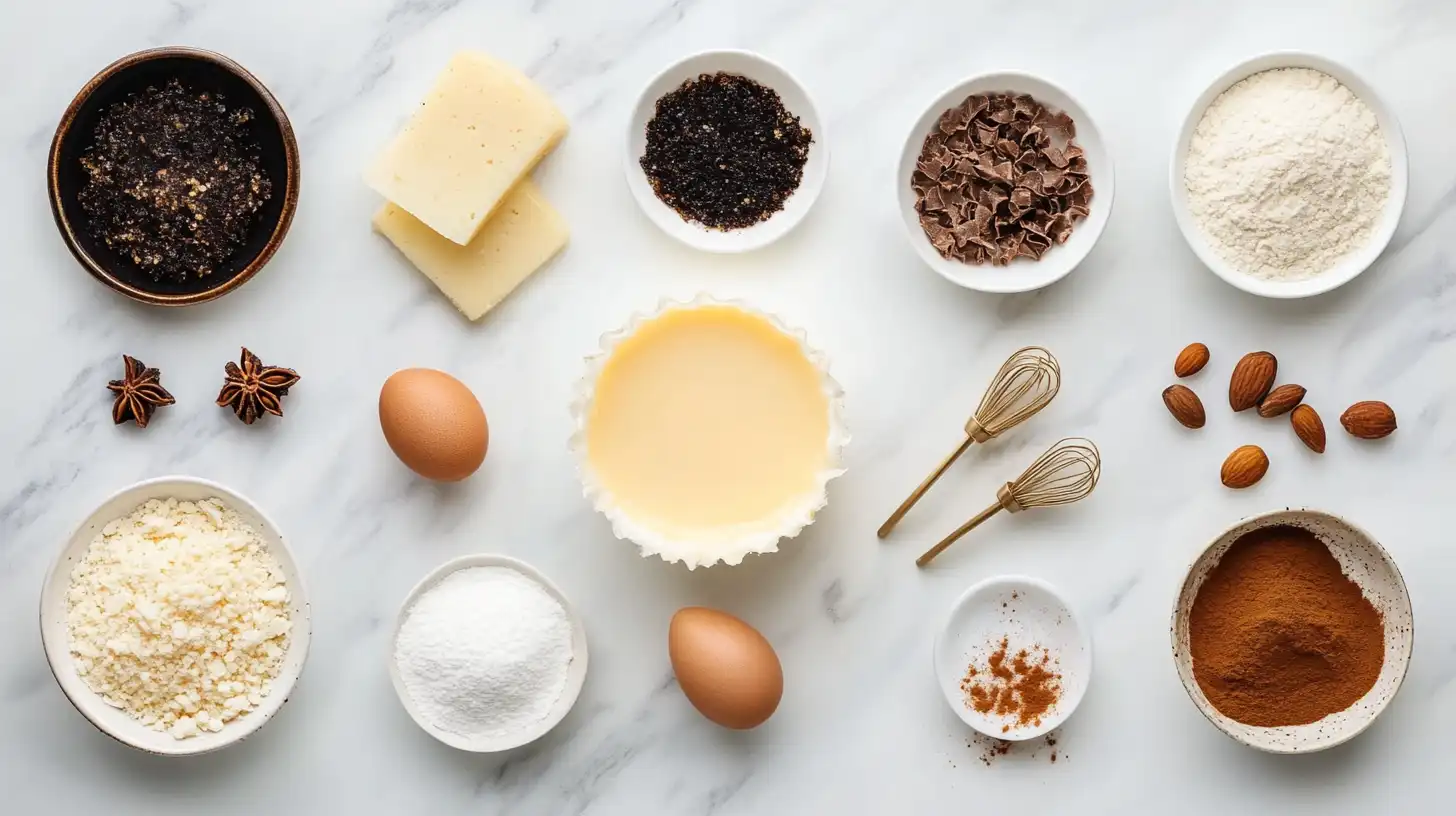Crème brûlée is one of the most sophisticated and beloved desserts in the culinary world. This French classic offers a perfect balance between a silky, creamy custard base and a hard, caramelized sugar topping. Breaking through the brittle sugar crust to reveal the rich, smooth custard beneath is an experience that has delighted dessert enthusiasts for centuries.
To achieve its exquisite taste and texture, crème brûlée relies on a simple combination of quality ingredients and precise cooking techniques. Its elegance lies in its simplicity, making it a go-to choice for both novice cooks and seasoned chefs. For a traditional recipe and variations, check out this classic crème brûlée recipe.
Table of Contents
What Is Crème Brûlée?
At its heart, crème brûlée is a baked custard dessert known for its contrasting textures and delicate flavors. The custard is rich, creamy, and infused with vanilla. While the sugar topping is caramelized into a brittle shell that cracks beautifully when tapped with a spoon. The name itself, meaning “burnt cream” in French, refers to the caramelization process that creates its signature topping.
Key Features:
- Custard Base: Made from heavy cream, egg yolks, sugar, and vanilla, this layer is cooked to perfection until just set.
- Caramelized Sugar Topping: Created by sprinkling sugar over the chilled custard and heating it with a culinary torch.
Though traditional crème brûlée features a vanilla base, modern adaptations often include flavors like chocolate, coffee, or fruit, each adding a unique twist. For ideas on incorporating fresh, flavorful ingredients, explore this guide to colorful ingredients.
The Origins:
Crème brûlée, often regarded as the pinnacle of French desserts, boasts a fascinating history that reflects the evolution of culinary artistry. This elegant dish, with its silky custard base and signature caramelized sugar topping, has captivated taste buds across centuries, blending simplicity with sophistication. But where did this dessert originate, and how did it become a worldwide phenomenon?
The History in French Cuisine
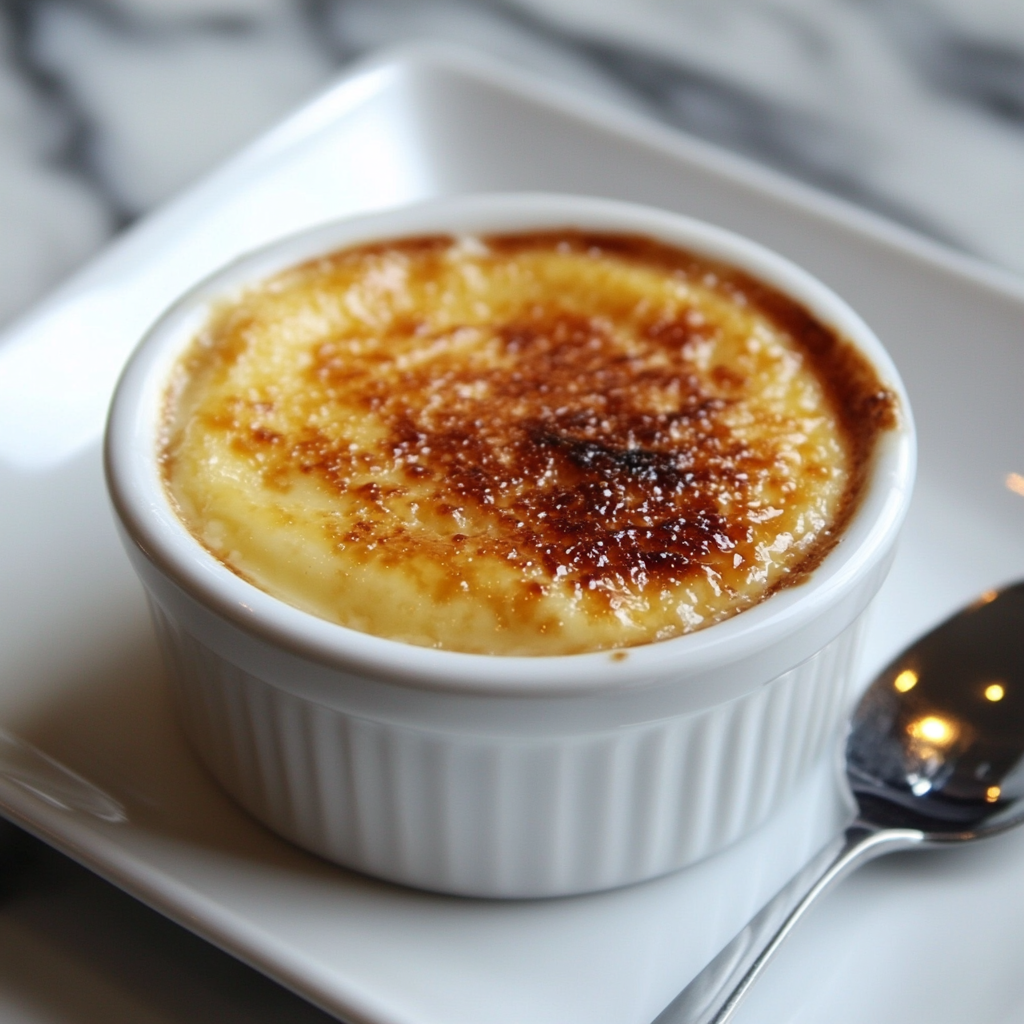
The origins of crème brûlée are steeped in French culinary tradition. Though its exact invention is debated, the first known recipe appeared in a 1691 French cookbook, “Le Cuisinier Royal et Bourgeois,” authored by François Massialot. Originally described as “burnt cream,” it showcased the refined techniques of French pastry chefs who mastered the balance between texture and flavor.
The dish became synonymous with French dining elegance, gracing the tables of aristocrats and food enthusiasts alike. The use of simple, high-quality ingredients—heavy cream, egg yolks, sugar, and vanilla—epitomized French culinary philosophy: highlighting the essence of each element.
How Crème Brûlée Spread Globally
While it began its journey in French kitchens, its allure transcended borders. Its rise to international fame can be attributed to its inclusion in menus at high-end restaurants worldwide. As chefs adopted and adapted the dessert, it began incorporating regional flavors—from coffee and chocolate to citrus and spices—tailoring it to local palates.
In modern times, crème brûlée’s popularity has only grown, thanks to the accessibility of home cooking tools like culinary torches and the proliferation of recipes in cookbooks and online platforms. It remains a dessert beloved for its universal appeal and the unique satisfaction of cracking through its caramelized topping.
From its roots in France to its global adaptations, crème brûlée’s journey reflects the shared love for timeless desserts that celebrate simplicity and indulgence in equal measure.
Key Ingredients:
While it might seem complex, it requires just a few essential ingredients, each playing a critical role in creating its iconic texture and taste:
- Heavy Cream: Forms the rich and creamy base, providing the dessert with its luxurious texture.
- Egg Yolks: Act as the binding agent, helping the custard set while adding richness.
- Sugar: Sweetens the custard and forms the caramelized topping.
- Vanilla: Enhances the dessert’s aroma and flavor. Whole vanilla beans or high-quality vanilla extract are often preferred.
Optional Additions
To customize your crème brûlée, you can experiment with ingredients such as:
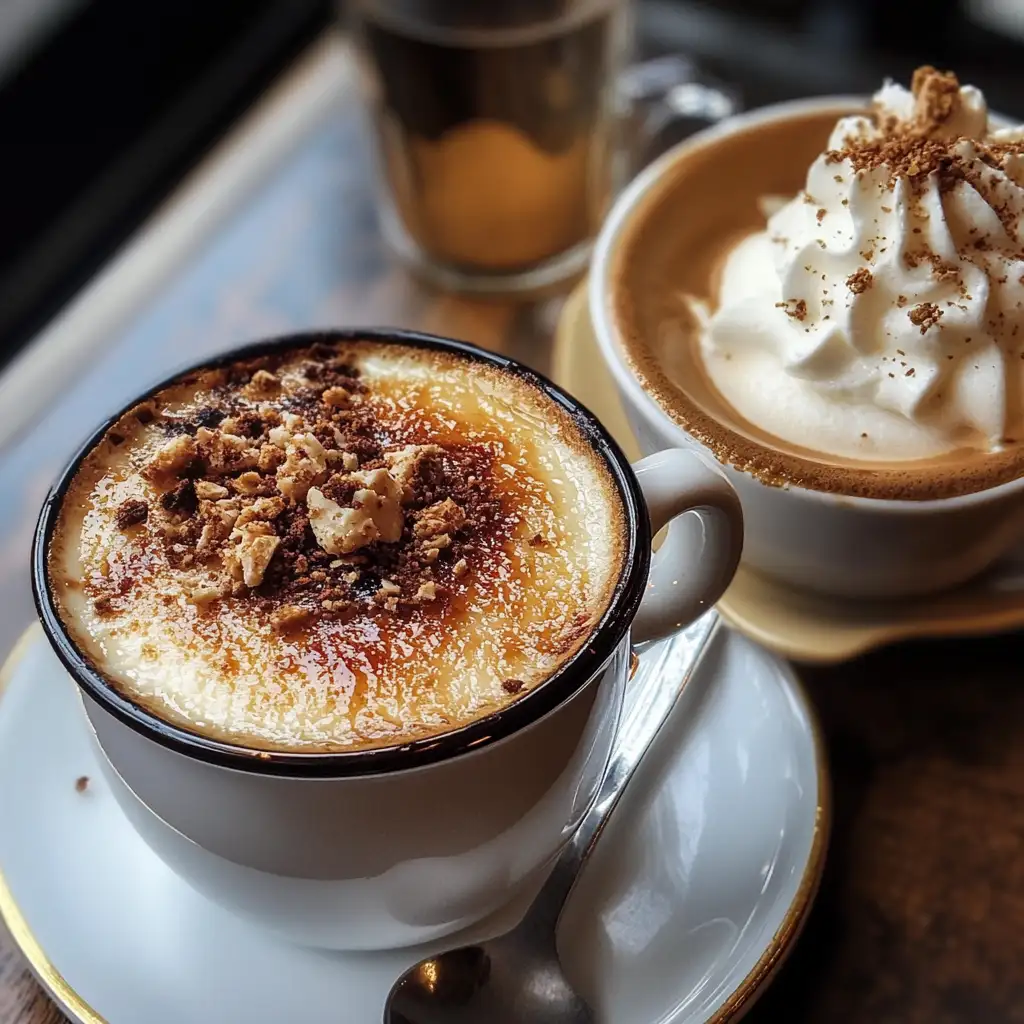
- Citrus zest for a refreshing tang.
- Coffee or espresso for a bold flavor.
- Orange Extract + Vanilla Extract
- Fresh Orange Juice + Zest
- Orange Blossom Water
- Non-Alcoholic Triple Sec Syrup
- Honey + Orange Juice
If you’re looking to enhance the vanilla flavor, consider making your own vanilla bean paste with this vanilla bean paste recipe.
Step-by-Step Guide to Making Crème Brûlée
Perfecting crème brûlée requires attention to detail at every step. Here’s a comprehensive guide:
1st: Prepare the Custard
- Heat the Cream: In a saucepan, gently warm the heavy cream with vanilla (either the seeds from a vanilla bean or vanilla extract).
- Whisk the Egg Yolks and Sugar: In a separate bowl, whisk together the egg yolks and sugar until the mixture is pale and smooth.
- Temper the Eggs: Gradually pour the warm cream into the egg mixture, whisking constantly to prevent the eggs from curdling.
2nd: Bake the Custard
- Divide the Custard: Pour the mixture into ramekins, filling them about three-quarters full.
- Use a Water Bath: Place the ramekins in a baking dish. Fill the dish with hot water until it reaches halfway up the sides of the ramekins. This prevents the custard from overheating.
- Bake Gently: Bake at 325°F (160°C) until the custard is set but still slightly jiggly in the center (about 30–40 minutes).
3rd: Chill and Caramelize
- Cool the Custards: Remove the ramekins from the water bath and let them cool completely. Cover and refrigerate for at least 4 hours or overnight.
- Caramelize the Sugar: Just before serving, sprinkle a thin, even layer of sugar over the custard. Use a culinary torch to melt and caramelize the sugar until it forms a golden-brown crust.
Common Mistakes to Avoid
Even with a simple ingredient list, crème brûlée can be tricky to master. Here’s how to avoid common pitfalls:
Overcooking the Custard
- How to Spot It: A properly cooked custard should jiggle uniformly when shaken. If it becomes firm like gelatin, it’s overcooked.
- Solution: Keep an eye on the custards during baking and remove them as soon as they’re set around the edges.
Uneven Caramelization
- How to Spot It: Sugar that burns or melts unevenly creates an inconsistent crust.
- Solution: Use fine sugar and ensure it’s evenly spread. Move the torch steadily across the surface for uniform caramelization.
Skipping the Water Bath
- Why It Matters: Baking the custards in a bain-marie ensures even heat distribution, preventing curdling or overcooking.
Variations of Crème Brûlée Around the World
With its simple yet luxurious foundation, has become a canvas for culinary creativity across the globe. While the classic version remains cherished, chefs and home cooks alike have introduced innovative flavors and adaptations, ensuring this timeless dessert evolves with changing tastes and dietary preferences.
Flavored Crème Brûlée: Chocolate, Coffee, and More
One of the simplest ways to transform crème brûlée is by infusing it with additional flavors. These variations maintain the dessert’s iconic creamy texture while adding exciting twists to its flavor profile:
- Chocolate Crème Brûlée: By incorporating melted chocolate or cocoa powder into the custard, this version becomes a decadent treat for chocolate lovers.
- Coffee-Infused Crème Brûlée: A shot of espresso or brewed coffee adds a rich, aromatic depth, making it a favorite for those who enjoy bold flavors.
- Fruit-Infused Crème Brûlée: Purees from berries, mango, or passionfruit bring a refreshing tang that contrasts beautifully with the caramelized sugar topping.
- Spiced Variations: Warm spices like cinnamon, cardamom, or nutmeg lend an extra layer of complexity to the custard.
These adaptations highlight the dessert’s versatility while still honoring its creamy, rich foundation.
Modern Twists: Vegan and Low-Sugar Versions
As dietary preferences and health considerations have evolved, so too have adaptations of crème brûlée that cater to these needs:
- Vegan Crème Brûlée: Replacing heavy cream with plant-based alternatives like coconut or almond milk and swapping egg yolks for ingredients like cornstarch or agar-agar makes this dessert accessible to vegan audiences.
- Low-Sugar Crème Brûlée: By using sugar substitutes such as stevia or erythritol, this version retains the classic caramelized topping while catering to those looking to reduce their sugar intake.
These modern innovations ensure crème brûlée remains a dessert for everyone, without compromising its hallmark texture and flavor.
Unique Regional Variants of Crème Brûlée
Around the world, cultures have embraced crème brûlée, creating regional versions that incorporate local ingredients and techniques:
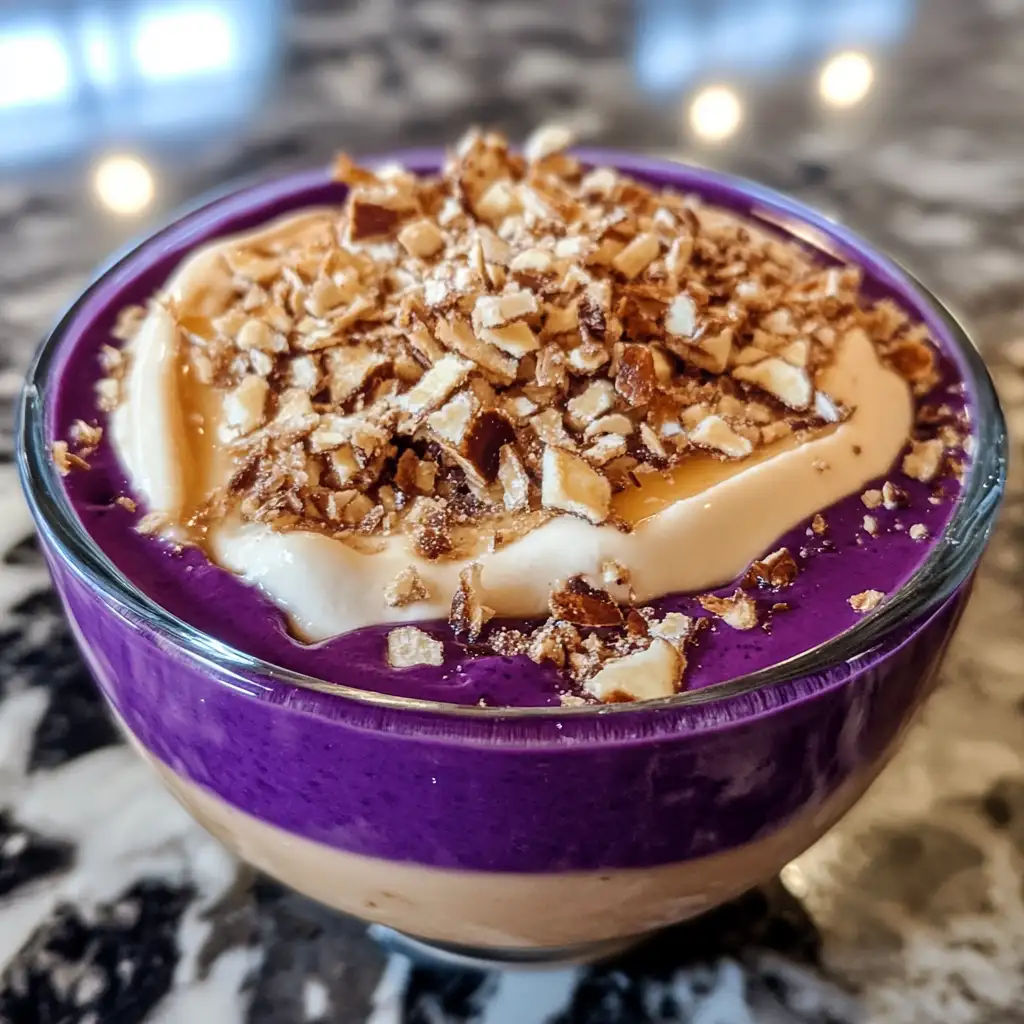
- Catalan Cream (Spain): Known as crema catalana, this Spanish variant is flavored with citrus zest and cinnamon, and its sugar topping is traditionally caramelized under a hot iron instead of a torch.
- Matcha Crème Brûlée (Japan): Infused with earthy green tea powder, this adaptation combines the richness of custard with the distinctive umami of matcha.
- Ube Crème Brûlée (Philippines): Featuring ube, a vibrant purple yam, this variant adds a pop of color and a subtly sweet, nutty flavor.
- Thai Tea Crème Brûlée (Thailand): Flavored with strongly brewed Thai tea, this version offers a unique, spiced twist that reflects the region’s love for bold flavors.
These regional variations demonstrate how it can be seamlessly integrated into different cuisines, reflecting the diversity of global tastes while maintaining its classic appeal.
Whether you’re a fan of the traditional recipe or eager to try new flavors, the adaptability of crème brûlée ensures there’s always something to delight every palate.
Pairing Crème Brûlée with Other Foods and Beverages
Crème brûlée’s rich and creamy custard, paired with its caramelized sugar topping, makes it a versatile dessert that can be elevated when accompanied by the right foods and beverages. Thoughtful pairings not only complement its flavors but also enhance the overall dining experience, transforming this classic dessert into a truly memorable treat.
Best Wines and Coffees to Complement Crème Brûlée
The subtle sweetness and smooth texture of crème brûlée make it an excellent match for select wines and coffees that balance or contrast its flavors. Here are some ideal pairings:
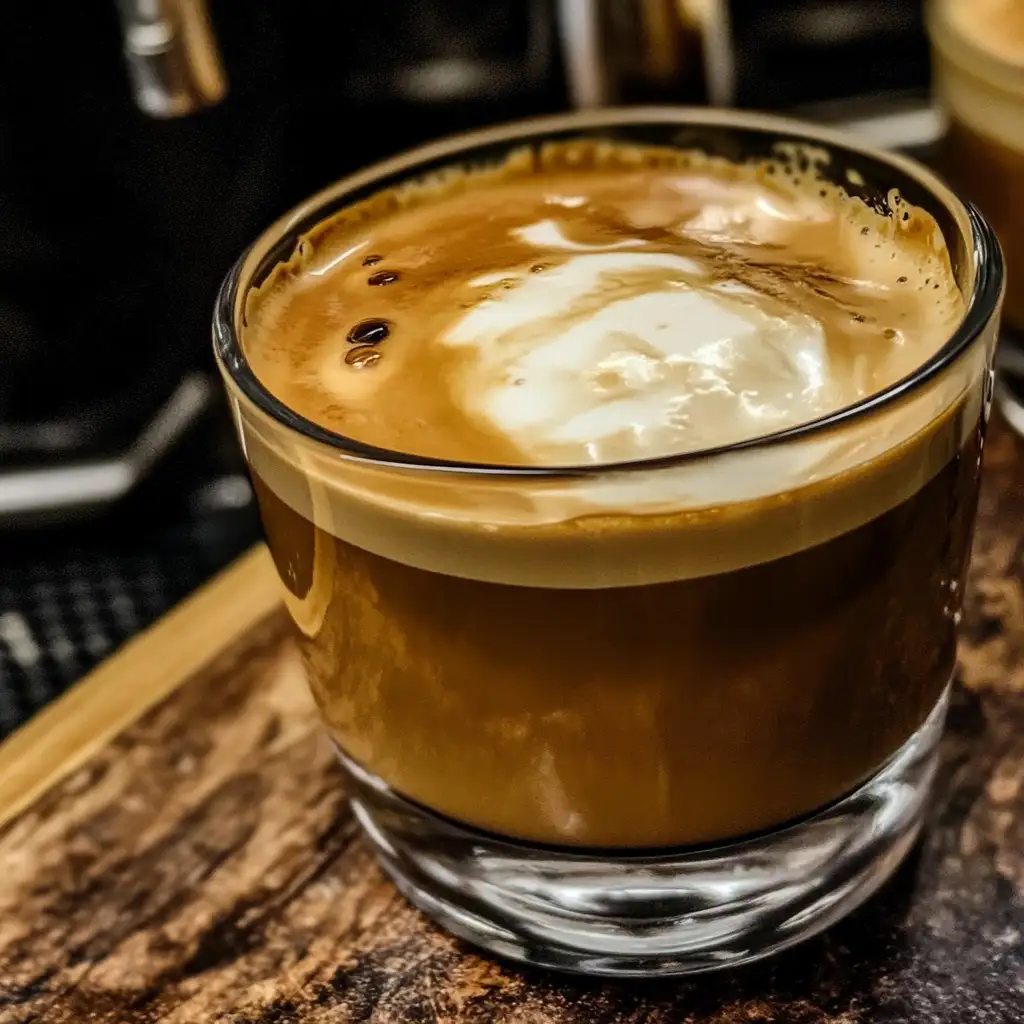
Coffees
- Espresso: Its bold, robust flavor cuts through the creaminess of the custard, providing a delightful balance.
- Cappuccino or Latte: The frothy milk complements the dessert’s smooth texture, making for a comforting combination.
- Flavored Coffees: Options like hazelnut or vanilla coffee bring additional layers of flavor that pair seamlessly with the dessert.
Serving Suggestions for an Elegant Dessert Experience
Presentation and accompaniments can elevate crème brûlée into a show-stopping finale to any meal. Consider these serving suggestions to create an elegant experience:
- Garnishes: A sprig of fresh mint, a few berries, or a drizzle of fruit puree adds visual appeal and refreshing flavor to balance the richness of the custard.
- Side Pairings: Serve with delicate almond biscotti, shortbread cookies, or a dollop of whipped cream for added texture and variety.
- Plating: Present crème brûlée in shallow, wide ramekins to maximize the caramelized sugar surface. Use elegant dishes and minimalist plating for a refined aesthetic.
- Lighting and Atmosphere: Serve this dessert at a candlelit dinner or special event to amplify its sophistication.
Pairing crème brûlée thoughtfully not only enhances its flavors but also leaves a lasting impression on your guests. Whether enjoyed with a glass of wine or a perfectly brewed coffee, crème brûlée is a versatile dessert that complements and completes any meal with grace.
FAQs About Crème Brûlée
What Does Crème Brûlée Taste Like?
Crème Brulée is the epitome of luxurious simplicity. Its custard base has a rich, velvety texture with a delicate sweetness, often infused with vanilla or other subtle flavors like citrus or coffee. The caramelized sugar topping adds a contrasting element: it’s slightly smoky, crisp, and delivers a satisfying crack with every spoonful. Together, these layers create a perfectly balanced dessert that is both creamy and crunchy. For a guide to elevating the flavor, explore our classic crème brûlée recipe.
What Is Crème Brûlée Topping Made Of?
The topping of crème brûlée is made from granulated sugar that is evenly sprinkled over the chilled custard and caramelized using a culinary torch. This process transforms the sugar into a hard, golden-brown crust with a slight smokiness and crunch. For tips on creating an even topping, check out this caramelization technique guide.
Is Crème Brûlée Basically Custard?
Yes, it is fundamentally a baked custard dessert, but with one distinctive feature: the caramelized sugar topping. The custard itself is made with heavy cream, egg yolks, sugar, and vanilla, creating a creamy and smooth texture. Unlike other custards, crème brûlée’s signature topping sets it apart, offering a delightful contrast of textures. Learn more about custards and their variations in our sourdough dessert recipes.
Is Crème Brûlée Served Warm or Cold?
It is traditionally served cold, with its sugar topping freshly caramelized. The contrast between the chilled custard and the warm, crisp sugar layer enhances its appeal. While some methods may slightly warm the custard during the caramelization process, it’s best enjoyed with a cool base and a warm, brittle top for the ultimate texture experience. If you’re curious about variations, explore this dessert guide.
These answers integrate key elements of the dish while linking to useful resources for further exploration!
Conclusion
Crème brûlée is a dessert that combines simplicity and sophistication, making it a favorite for dinner parties and special occasions. With its rich custard base and crisp caramel topping, it offers a textural and flavor experience like no other. For more creative recipes and dessert ideas, explore these sourdough dessert recipes.
By mastering the techniques and experimenting with flavors, you can turn this French classic into a dessert that’s uniquely yours.

